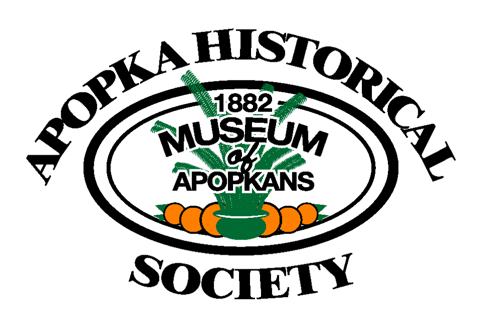The History of Apopka
Our History
Early settlers were attracted to the Apopka area of Northwest Orange County by the rich lands, many lakes, and abundant water from two large springs – Rock Springs and Clay Springs (now named Wekiwa) – as well as the accessibility to the St. John’s waterway via the Wekiwa River. The bounty land granted to soldiers of the Seminole War was a clear inducement while others bought their land at $1.25 per acre under the Act of Congress (1820).
The migration began following Florida’s attaining statehood in 1845. By 1856 there were enough members of the Masonic Order to form a lodge. Orange Lodge #36 F & AM received its warrant from the Grand Lodge of Florida in December 1856. The group had nine members living over a wide area and meeting once a month near Altamonte. By 1959 their permanent home was the temple erected in what is now present-day Apopka. For the next sixteen years this community was called “The Lodge” as noted by early maps and records.

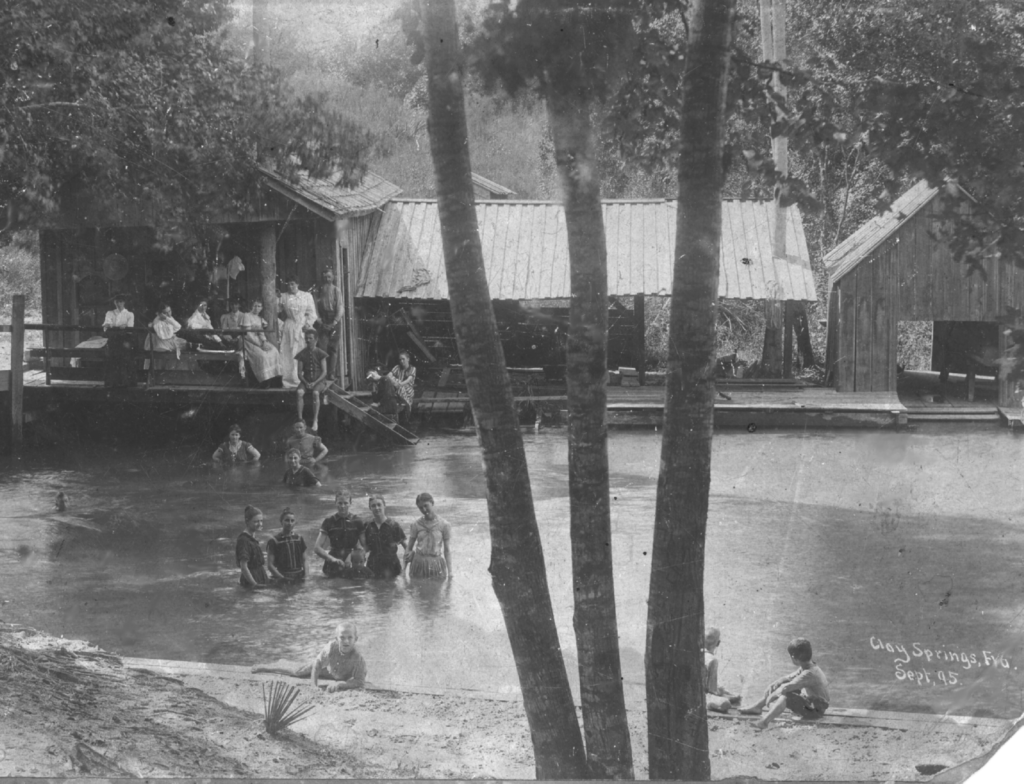
Clearing land and raising crops was the main order of the day. Cotton, corn and sugar cane were the common crops, while each home had a vegetable garden. Cattle from the herds of the Spanish still roamed the range and a man could easily establish a herd by the simple expediency of the branding iron.
A community with school, church, and store developed about the lodge as anxiety over conflict with the Seminoles receded. Grist mills and lumbering fed an active growth halted only by the advent of secession and war.
After the conflict, the area grew steadily, drawing families from the neighboring states whose livelihood had been disrupted by the war. The Homestead Act of 1862 made migration even more attractive
In the 1870’s, Apopka was one of the most thriving settlements of the county. When the county seat was to be made more accessible and moved from Enterprise on Lake Monroe, there was every reason to believe The Lodge with its available transportation via the Wekiwa River would be a logical choice, “Out politicked”, the vote went to Jernigan and the county government was established in that area, now re-named Orlando. Apopka City, as it was soon called, continued to develop the agricultural tradition still foremost in our economy.
The city, chartered in 1882 as “The Town of Apopka City”, became surrounded by acres of orange groves. There was available transportation for the barrels of fruit sent by boat down the Wekiwa River, either by the new Lake Apopka Canal route to the Oklawaha or St. John’s, and by wagon load to Mellonville. Each grower was his own agent and many shipped directly to customers in New York, Boston and Baltimore.
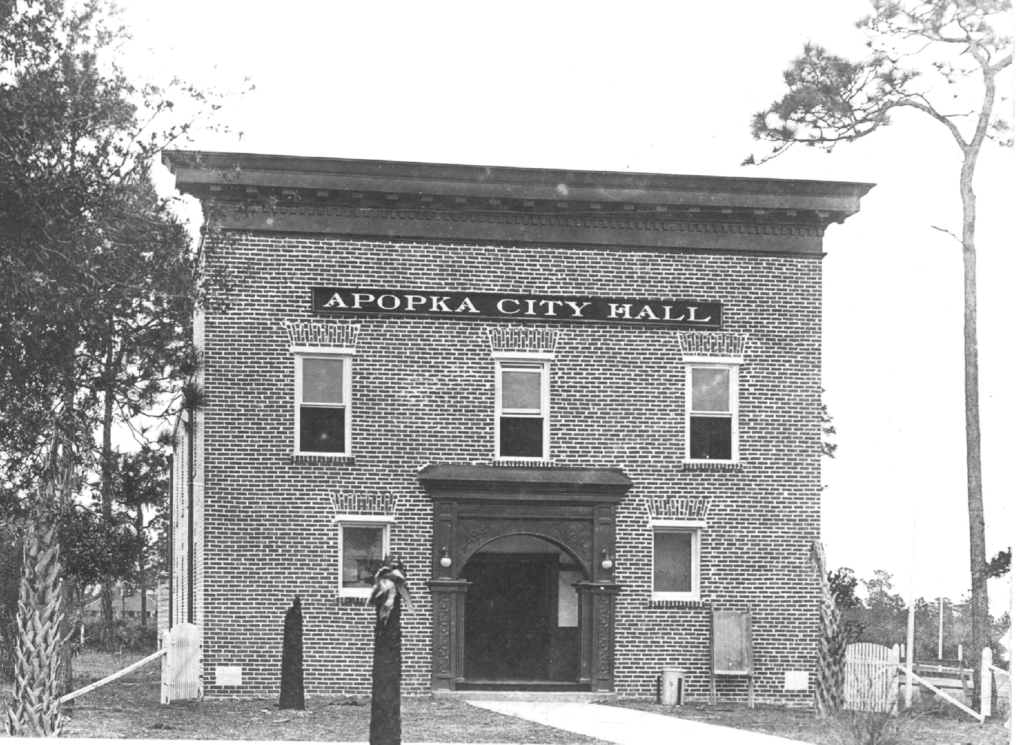
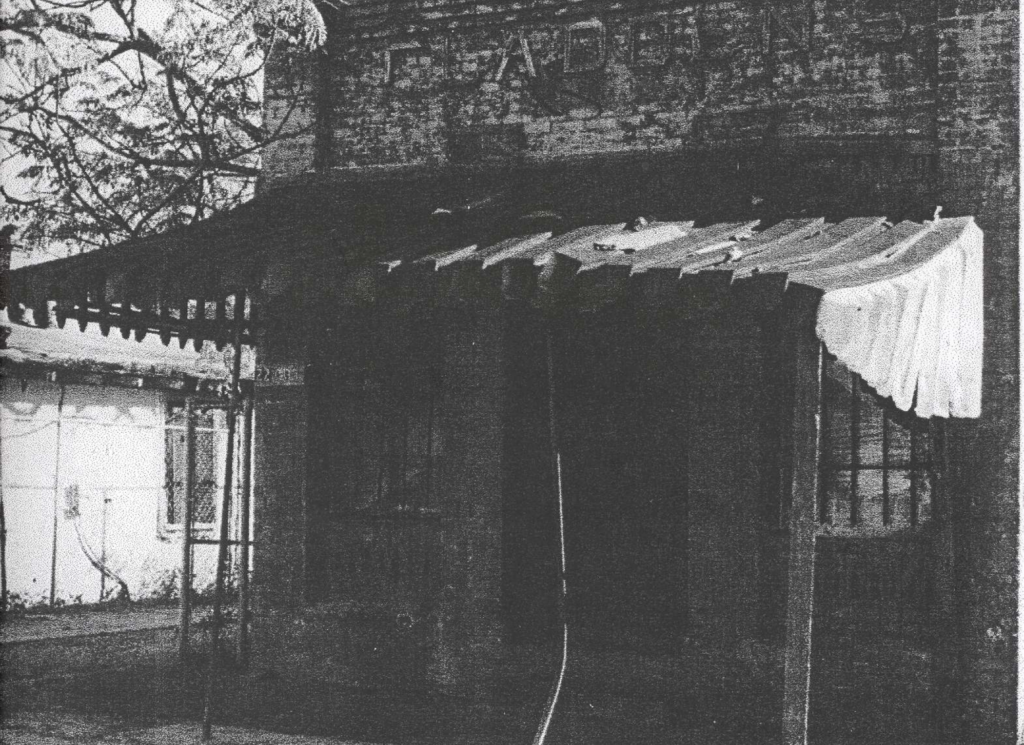
The coming of the railroads was especially important because of their rapid and inexpensive service. The TO&A railroad reached Apopka in 1885, joining it to markets north and south. The Florida Midland railroad connected with the S. Fla RR at Longwood, quickening time and distance to Sanford and the Jacksonville port. Florida was advertised in the northern press as well as in Europe for its beautiful land and healthful climate. A number of families from New England came at this time to the area and in particularly took part in developing the community to the north, that they named Plymouth. Also, a group of Swedish families drawn by General Sanford’s offers in the community he was developing on Lake Monroe, homesteaded immediately to the southeast of Apopka in the area known as Piedmont.
Clay Springs with a hotel, pavillion, and cottages, became a mecca for week-end or Sunday excursions for all of the county. Families had vacations of summer camping trips to the area attracted by the bathing, boating, fishing and excursion rides on the river.
Profits to be made in land, oranges, and the newly developed pineapple culture made the late 1800’s a period of bustling growth. The devastating winter of 1894-95, that killed the crops and left the groves stripped and dead, so discouraged many that they packed and left to return to their former· homes in the north, or to look for a warmer climate to start again to the south of Lake Apopka or on the east coast of Florida.
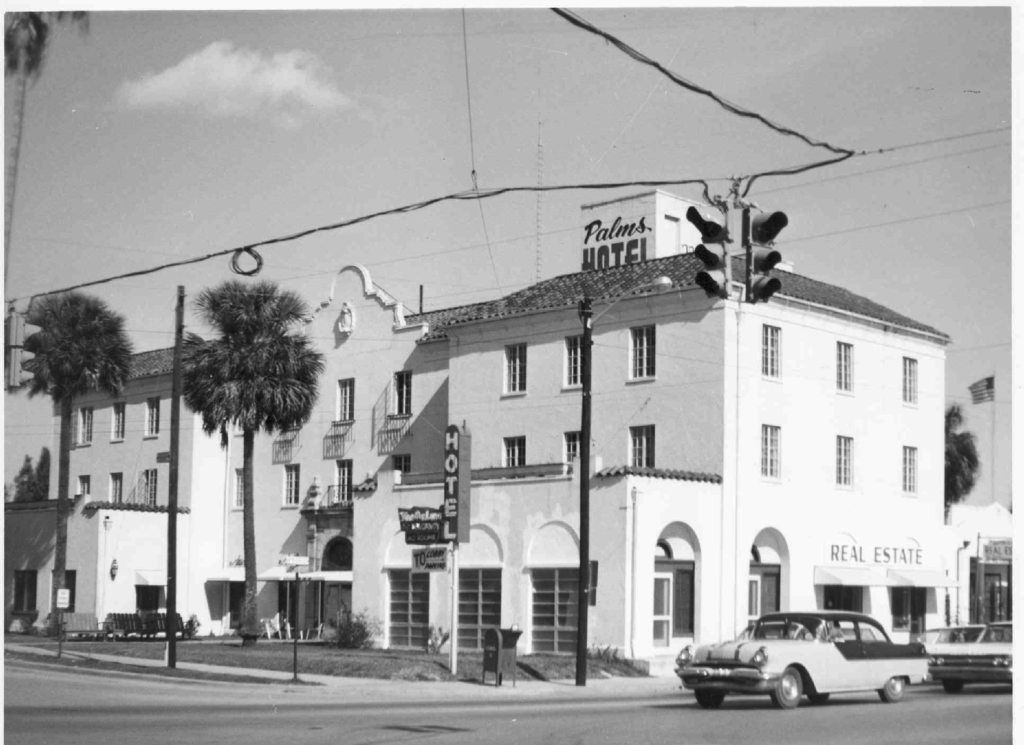
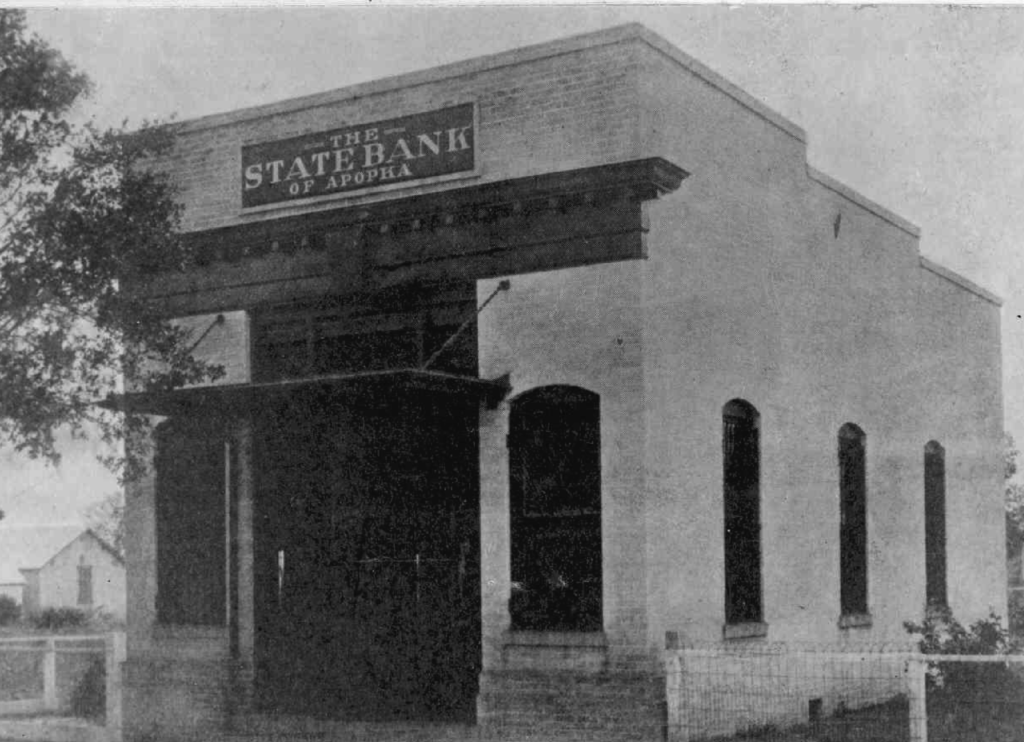
Many of those who stayed replanted or watched the stumps grow green shoots again and by 1910 were once more reaping profits. The land owners also found profit in the turpentine leases as the naval stores industries expanded to this area. Another industry that came at this time was the commercial growing of ferns. In the 1920’s, fern growing became so extensive that Apopka was known as “The Fern City”. If the ferns would do so well under minimal shelter, why not other foliage plants? One variety after another has been established in the nurseries until we are now known as “The Indoor Foliage Capital of the World”.
Cooperative marketing of citrus began by 1910 and a large plant was established by the Plymouth Citrus Growers Association. Another part of the agriculture economy was the Consumer’s Lumber and Veneer Company which made specialized crates for shipping fruit and vegetables. This production gave way with the advent of truck transports. Today, there is a large truck terminal and a facility for the manufacture of the plastic pots used by nurseries.
The rich muck lands of Lake Apopka were first used extensively by the Florida Humus Company to produce humus for the soil and filler for commercial fertilizers. In 1941, these muck lands according to one source, estimated about 20,000 acres of vegetables and there were 400 acres under cultivation in the plant nurseries. To the north and west, there were several large chicken farms.
Apopka was incorporated in 1919 with a mayor/council government. As the only incorporated town in the northwest part of the county, it is today, the center for schools, churches, businesses, banking and medical facilities serving the communities of Plymouth, Zellwood, Piedmont, and Lake Apopka.

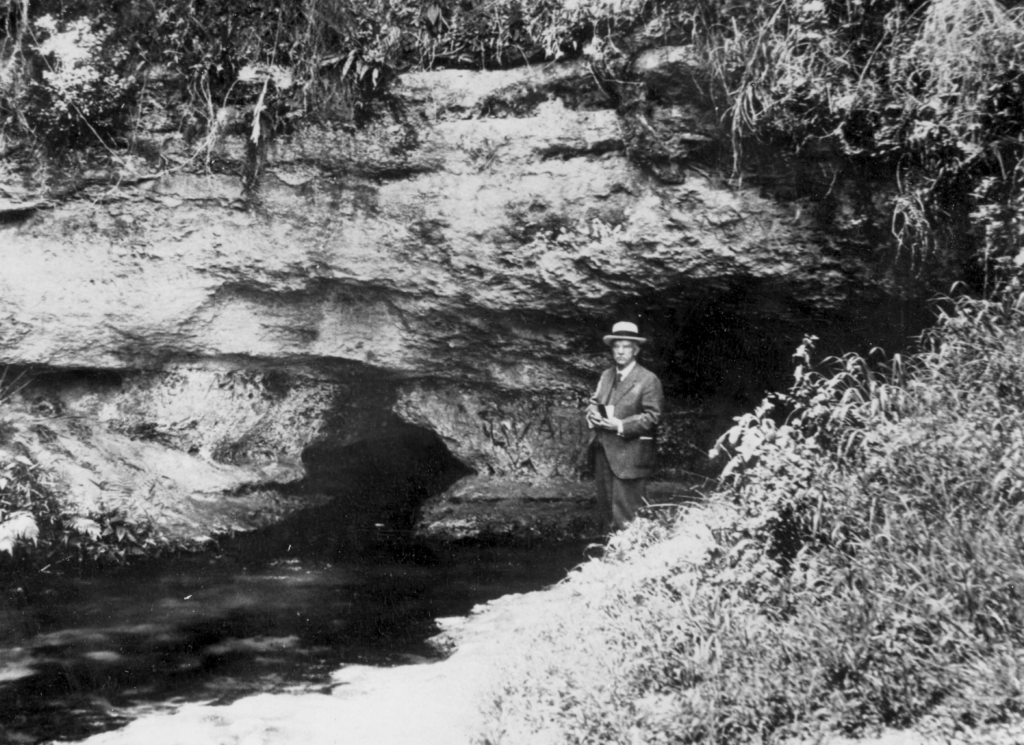
The 200 acres surrounding Rock Springs were given to the county by Dr. Howard A. Kelly, Baltimore. No longer an Apopka picnic ground, It is shared by many hundreds on hot summer days. An additional 160 acres were bought by the county and included in Kelly Park. ‘ The former Apopka Sportsman’s Club is now the state owned Wekiwa Park, including Wekiwa Springs, with facilities for bathing, boating, picnicking, and hiking. The Florida Garden Clubs have a youth camp here and a camp for handicapped children is nearby.
Our remaining wooded areas and lake shores are sought for homes by those who earn their livelihood in the industrial areas to the south and east. These people and the descendants of the early settlers still cherish their land and the natural recreation facilities of lakes, woods and streams.
